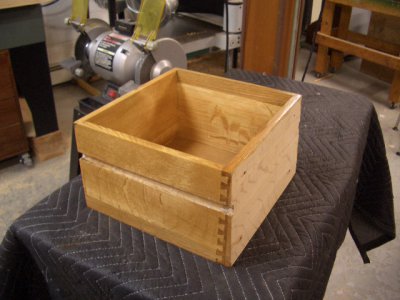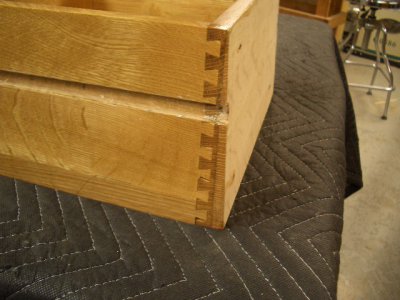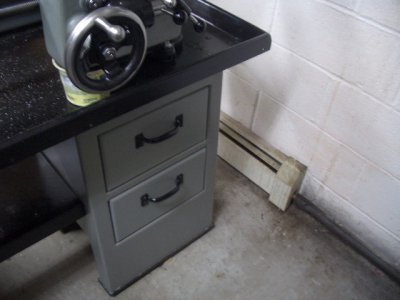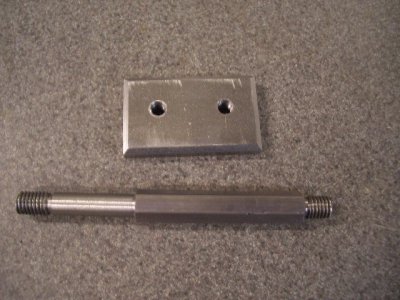Thanks Rbert - I did see your PM response to me but thought I'd address the issue in this thread for everyone's use. The cross slide stop is a South Bend part designed for a heavy 10 and modified by me to fit the Clausing dovetail. The concept of placing it on the front of the cross slide with a tapped hole in the corss slide is the South Bend design and is shown in the HTRAL manual. I intially thought all lathes used this front placeent concept but after your comments I decided to pull out my old version of the Atlas HTRAL and there it was - a cross slide stop placed at the rear. Seems like I learn someth9ng everyday with this lathe. In any event I couldn't find a true Clausing stop and was able to get the SB part relatively inexpensively.
My goal was to have a meansd of getting back to the correct tool position when threading without having to compensate for back las. I think this will work (at least it worked for me on a SB ). With the taper attachment I don't have any access at the rear of the cross slide and would have to remove the laong chip guard when using the stop. To me, at least, the front placement is a little more convenient. Having said that - I will be keeping my eyes ut for a Clausing version of the stop - just to have the original and perhps to give me a little more flexibility.
). With the taper attachment I don't have any access at the rear of the cross slide and would have to remove the laong chip guard when using the stop. To me, at least, the front placement is a little more convenient. Having said that - I will be keeping my eyes ut for a Clausing version of the stop - just to have the original and perhps to give me a little more flexibility.
Again thanks for your contribution to my education and don't give up on me - I'm getting there . If you think thids was a deviation from norm - wait till you see what I am considering for a steady rest
. If you think thids was a deviation from norm - wait till you see what I am considering for a steady rest 
Rick
My goal was to have a meansd of getting back to the correct tool position when threading without having to compensate for back las. I think this will work (at least it worked for me on a SB
Again thanks for your contribution to my education and don't give up on me - I'm getting there
Rick





